China has changed immensely in the 25+ years I have been traveling there. When I first spent time in China as a study abroad student, everyone wore green or blue Mao suits, and everyone addressed everyone else as ‘comrade.’ Private enterprise was unknown and most cities literally shut down at 8:00 pm. There was very little Western influence. It was a very different time.
I recently spent time in Guangzhou, Chaozhou, Chengdu, Chongqing, Guiyang, and Kunming. Everywhere I went there was ample evidence of China’s growing middle class. People have money to spend and time to play. Luxury cars are everywhere, high end Western designer boutiques abound, and Chinese tourists are all over the place. And it isn’t just high ranking officials that are enjoying these things. There is a new middle class in China comprised of ordinary folks. Granted this middles class, in most cases, come from larger urban areas. There is still a significant wealth gap between urban centers and the countryside (but that’s a topic for another post).
Here are a few things the visitor to China will see as evidence of this rising middle class.
1. Luxury cars
On these last two trips alone I saw Bentleys, Mercedes, Porches, BMWs, Ferraris, Audis, and just about every other kind of luxury car. This was in addition to the countless Toyota Camrys, Honda Accords, and Volkswagon Passats. When I was first in China in the mid 80’s private cars were practically unknown, and the bike lanes were wider than the lanes for cars. Now every city in China is congested with cars and the bike lanes get narrower and narrower every year.
2. High end shopping malls
When I was a student in China my classmates and I would joke about going shopping for clothes in China. You would walk into the big state-run department store and say, “I’ll take a pair of the blue pants, the white shirt, and the belt.” Size didn’t matter because there seemed to be only one or two sizes. The belt fit the big guy pretty well, but the little skinny guy had the belt wrapped halfway around his waist again. There was not much selection and everyone dressed the same, men and women alike.
Now, every large-ish city has numerous high end shopping centers. Even the Chinese style department stores have an astonishing array of goods. But it is the Western designer boutiques that are really astonishing. And they are not just for decoration; these places are crowded with shoppers buying things. Some of the designers and other high end stores that have a noticeable presence in China include, Gucci, Zegna, Rolex, Tudor, Omega, Cartier, Louis Vuitton, Christian Dior, and so on.
3. Western restaurants and products.
Though we would never think of McDonald’s as a hip place to hang out in the U.S., it is just that in China. Eating Western food in China tells people you have money, you’re hip, and you’re international. Young people especially like to hang out, study, and talk business at places like Starbucks and McDonalds. These Western restaurants in China are big business. In 2010 the 100th McDonalds opened . . . in Shanghai. That’s right, there are now more than 100 McDonalds restaurants in Shanghai alone. The first Starbucks in China opened in Beijing in 1999. There are now 851 Starbucks in China. Starbucks believes China will be the second largest market after the U.S.
4. Pets, especially dogs
In traditional China pets generally consisted of crickets and birds. Now everyone wants a dog, and there are dogs all over the place. The Chinese not only like to walk them, but they like to congregate in public squares where they can socialize and let their dogs play together. Though many people like small dogs, especially the puffy poodle types, I have also seen many large dogs including Huskies, Labs, Golden Retrievers, German Shepherds, and so on. Having a dog for a pet is a sign of affluence in China. It says, “Hey, I can not only feed myself and my family, but I can also feed a dog and I have time to take care of it.”
5. Chinese tourists
In the past 10 years or so the Chinese have begun traveling. The Chinese middle class are the new tourists around the world and in China. It used to be the Japanese that you used to see all over in large groups, everyone with a large camera around their neck. Now it is the Chinese turn. They have taken to tourism in their own country in a big way. They are crowded all over the important cultural sites in China.
A quick story. Last year my son and I were on a week long bicycle tour. We were sitting in front of a small store in the tiny ranching town of Woodruff, Utah, near the Wyoming border. We had been riding all day and still had a few miles to go to our campground. As we were sitting there two brand new Dodge minivans pulled up and a dozen or so Asians poured out. I learned they were a group of friends from Shanghai. They had flown into Las Vegas, rented the cars, and were working their way through the Utah National Parks and were on their way to Yellowstone. I was really surprised, and I think they were a little taken back seeing a middle-aged guy wearing spandex in the middle of nowhere speaking Chinese with them.
The photos below are from an ancient town about 75 km outside Chengdu.
There is lots of other evidence of a wealth China as well. We saw one area in Chongqing where there were dozens of night clubs and dance clubs. On public squares kids flew kites, rode BMX bikes, and rollerblades. It’s getting harder and harder to see the old China; not impossible, you just have to look harder.


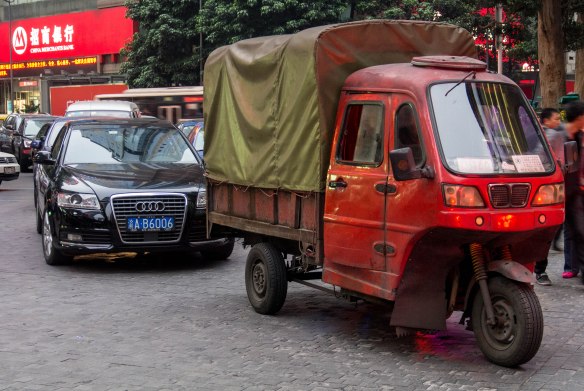

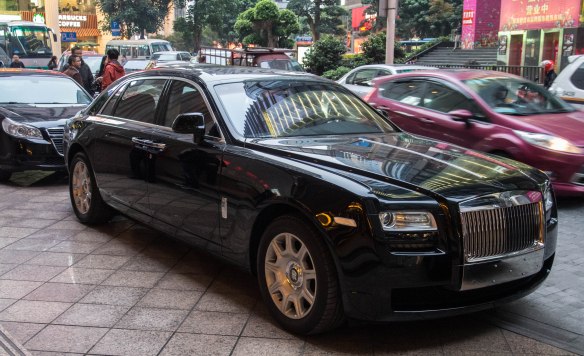
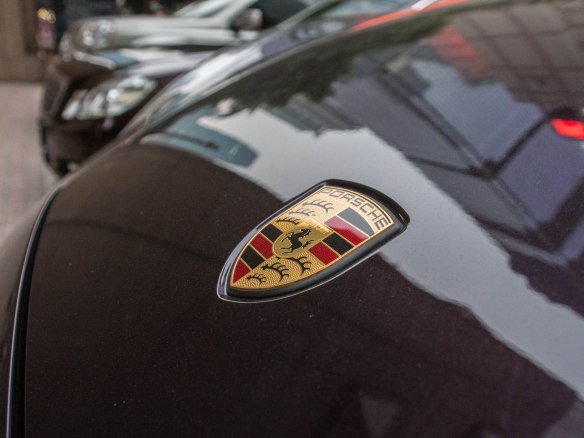
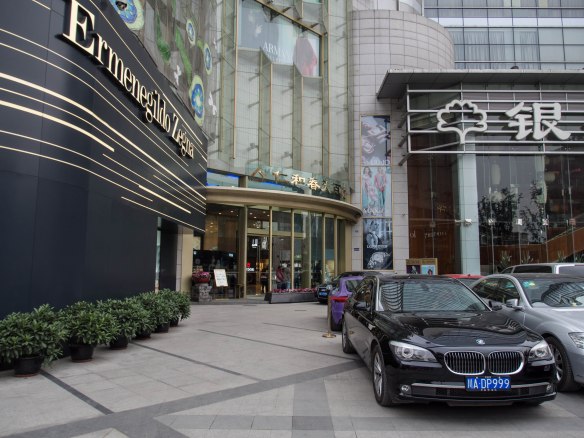


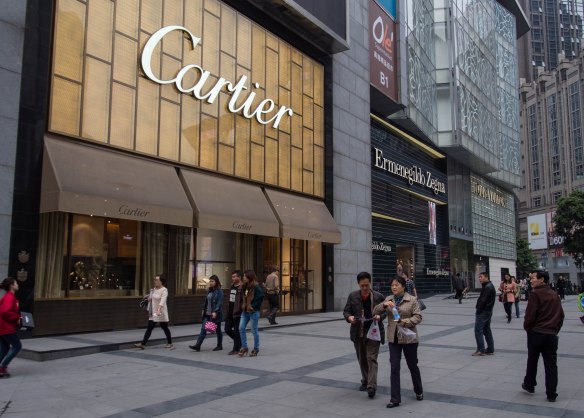
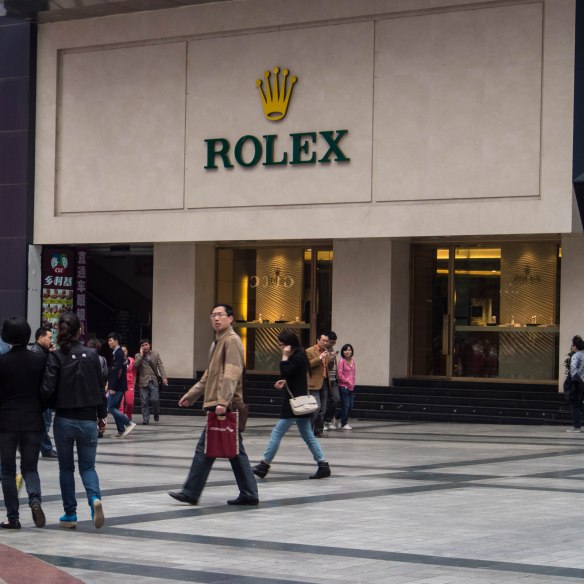

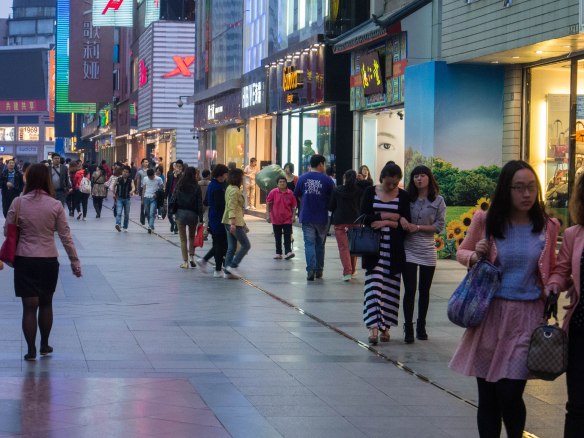




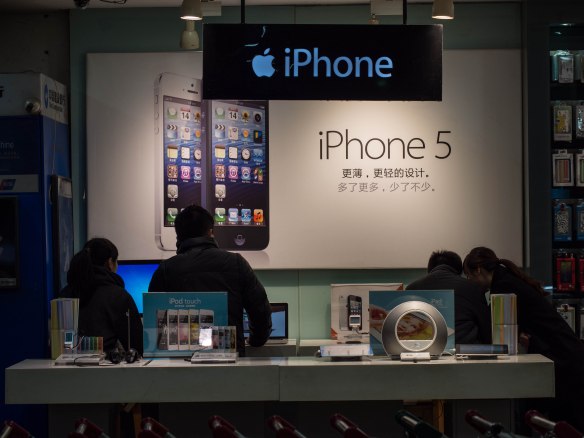
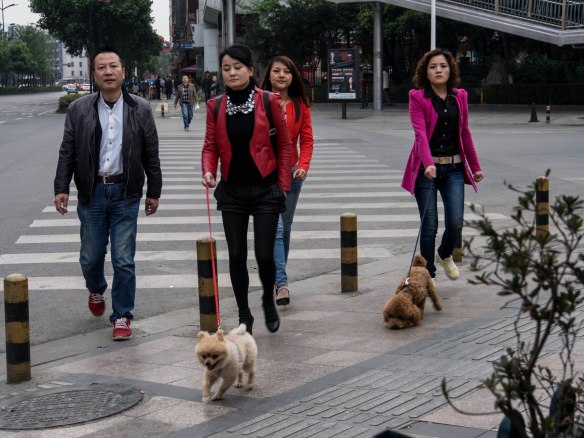
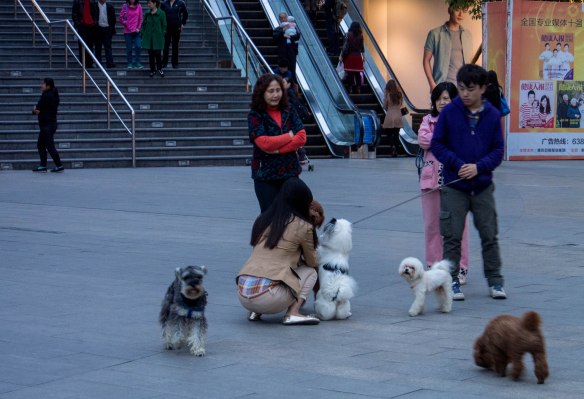


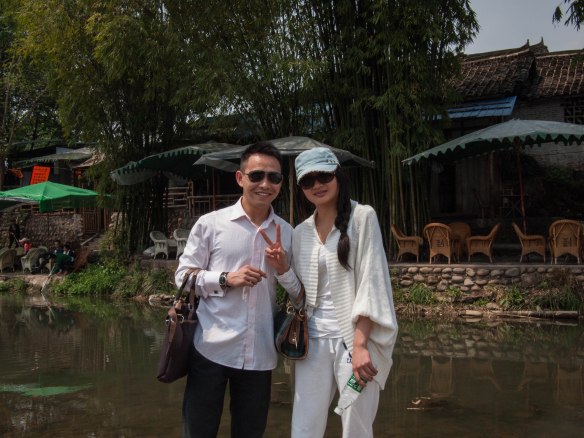



This is fascinating! Thanks for sharing these observations & photos.
Pingback: As China’s middle class grows, so do its concerns | China Daily Mail
Pingback: * As China’s middle class grows, so do its concerns | CHINDIA ALERT: You'll be living in their world, very soon
Chinese who is studying abroad got to know China from here.
Actually, in China, the young generation at my age cannot afford luxury goods like Gucci, but we’d like to save our wages for months to get one item from the luxury store 🙂
Status symbols mean nothing if not unique ! Keep your hard earned money in the bank and spend it on essentials rather than overpriced “luxury” goods.
Pingback: Chinese economy growth | bamptonwestwitney
Pingback: Chinese middle class growth | mgfantato PR & MarCom
I find it fascinating how you measure ‘Middle Class’ status by material possessions and the number of times you eat a beef burger in the Mcdonalds fat factories !!!!
In my younger days a qualification and a job in the service of the community/country such as Doctor, School teacher/University lecturer Solicitor/lawyer/procurator gave you status within the community – a middle class status. To reinforce my point why pay 25,000 yuan for a wristwatch when a 250 yuan watch tells you the same time whether worn by a millionaire or pauper? I believe american style ‘materialism’ is counter productive in a thriving society and produces only social unrest with all the dangers that entails. My country is an example of this decline !!!!
We too were impressed by the high-end cars that we saw in Wenzhou and Kunming – cars that we’ve never seen in Tucson – Ferraris, Lamborghinis, Porsche SUVs, not to mention the many ordinary Mercedes, BMWs and Audis… And we were told that prices for German cars were about 10 times what they cost in the USA. But when did driving such cars define the “middle” class?
It is incredible to see how strong the western influence is in China. It saddens me to think that the original traditional beauty of the Chinese culture and architecture could soon disappear. And if this is what the “middle class” drives and does, what in the world is the “high class” up to??
You could definitely see your enthusiasm in the work
you write. The world hopes for even more passionate writers like
you who aren’t afraid to say how they believe. All the time go after your heart.
More luxury cars are appearing in China. Also more high-end stores like Gucci, Dior, etc.
Seeing the China from right after the Mao era and the China it has become now must be incredibly different. I have heard that there is a stark wealthy difference at the moment and the pictures of the extravagant cars and clothing support that idea. It appears as though China is quickly becoming more Western-like.
This was so interesting to see, especially when you think about China’s history. Much of the culture still remains apart from Western culture, but at the same time, you see this convergence of the luxury of the West coming to China.
Globalization and easy international communication is making it easier to develop international cultures and that can be a beautiful thing. Yet, when that means destroying and paving over real–and ancient–cultures with materialism that’s disappointing. Being from the States I know how vapid and empty consumerism is. In the States we try to pass it off as our “culture”, but it’s not and it can’t replace the human desire for identity and expression (something that Porsche and Gucci can’t offer even though their ads might say otherwise).
It is interesting to see how China changes every year just like more middle classes rising and how spending habit changes…
It was interesting to see how name brands were chased in China during my stay. I saw many kids trying to get their hands on the newest Bathing Ape Clothes or Supreme hat. Consumerism is a worldwide phenomenon, and it doesn’t surprise me that it would strive in an economy as big as China’s.
I agree that in this few years China’s rich middle class has been increasing. The article denotes that there is some evidence shows this phenomenon like
more luxury cars, high-end malls and getting more western restaurants and products in China because the demand of all those products are produced more and more.
Simply incredible to see such a change in the class structure from what was described in the 1980’s as compared to present day in such a relatively short amount of time. Not only has the development of such a class in China changed the way China operates, but it has changed consumerism on a world-wide level, with the expansion of name brand stores, the spread of American Restaurants, and the explosion of both domestic and foreign tourism.
I know that Chinese economy has been increasing rapidly especially beginning of this century and I believe it’s going to keep increasing.
Commerce has always driven civilization. This is only just the beginning. Some economists still argue that China is still in the transitioning stage of going from the developing country into a developed country. Yet, they’re already the world’s second largest GDP. The China has actively tried to devalue the Yuan by pegging it to the U.S. dollar, which has allowed its trades to flourish and money is flooding into the country. The trade off to this is lowered standard of living. Rather than a middle class, we’ve actually seen the wealth gap broadening, it’s just that the poor are still living better than they did 10/20 years ago and the rich are getting relatively richer.
I think that it is really interesting that you have been able to see the development of China as it was happening, and how culture and styles have changed throughout the times. I find it fascinating that the middle socioeconomic class in China is having numerous freedoms to do with their money. The middle class in China being able to afford luxury cars and high end shopping brands really shows how the currency change and inflation is different in different parts of the world. People in the United States that own luxury cars or high end clothing brands are usually seen as very well off economically, and their fashion and vehicles can sometimes be seen as impressive depending on how it is flaunted.
It is really amazing to me to see how much a place can change in so little time. The differences you describe in China between now and 25 years ago is astonishing. That amount of time is really tiny in the grand scheme of China’s history, but the amount of change that the country has experienced is staggering. A very interesting read!
I spent quite a bit of time in China over the past couple of years. In my travels, I visited Beijing, Shanghai, Hangzhou, Suzhou, Xian, Chengdu and all around Sichuan, Ningbo, and Hong Kong…and many other towns and places too numerous to list. I traveled with locals everywhere I went and tried to get a good sense of the life and culture there from their perspective. I too was surprised to notice a vibrant middle class and made many of the observations the author of this article did. I also took notice of the depth of history and lineage being communicated to me by proud residents of many of the places I visited. I noticed more of an evolution of a society than a degradation of the ancient past. Every culture and history has idealized memories of the past along with potential opposite reflections and interpretations. I didn’t get much of a sense of a disconnect with China’s past by the people I met, more of an evolution.
It seems to be a common trend among other countries as well, to abandon tradition in hopes of attaining a portion of western culture. This trend confuses me because I believe tradition and culture are far more meaningful and should be preserved and treasured. This article shows that China has adopted the same outlook that many other countries around the world are also adopting. The youth wish to adopt a western culture in conjunction with or in replacement of their own and I think that is what is being portrayed in this article. I was surprised to see such a drastic change in Ghana when I went to visit. Similarily to China, Ghana’s youth have embraced the western culture much more readily than in the past. Very rarely are the traditional clothes worn outside of church and local hangout spots are located in the malls and westernized restaurants.